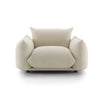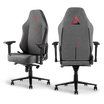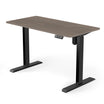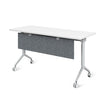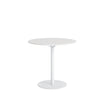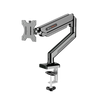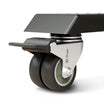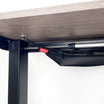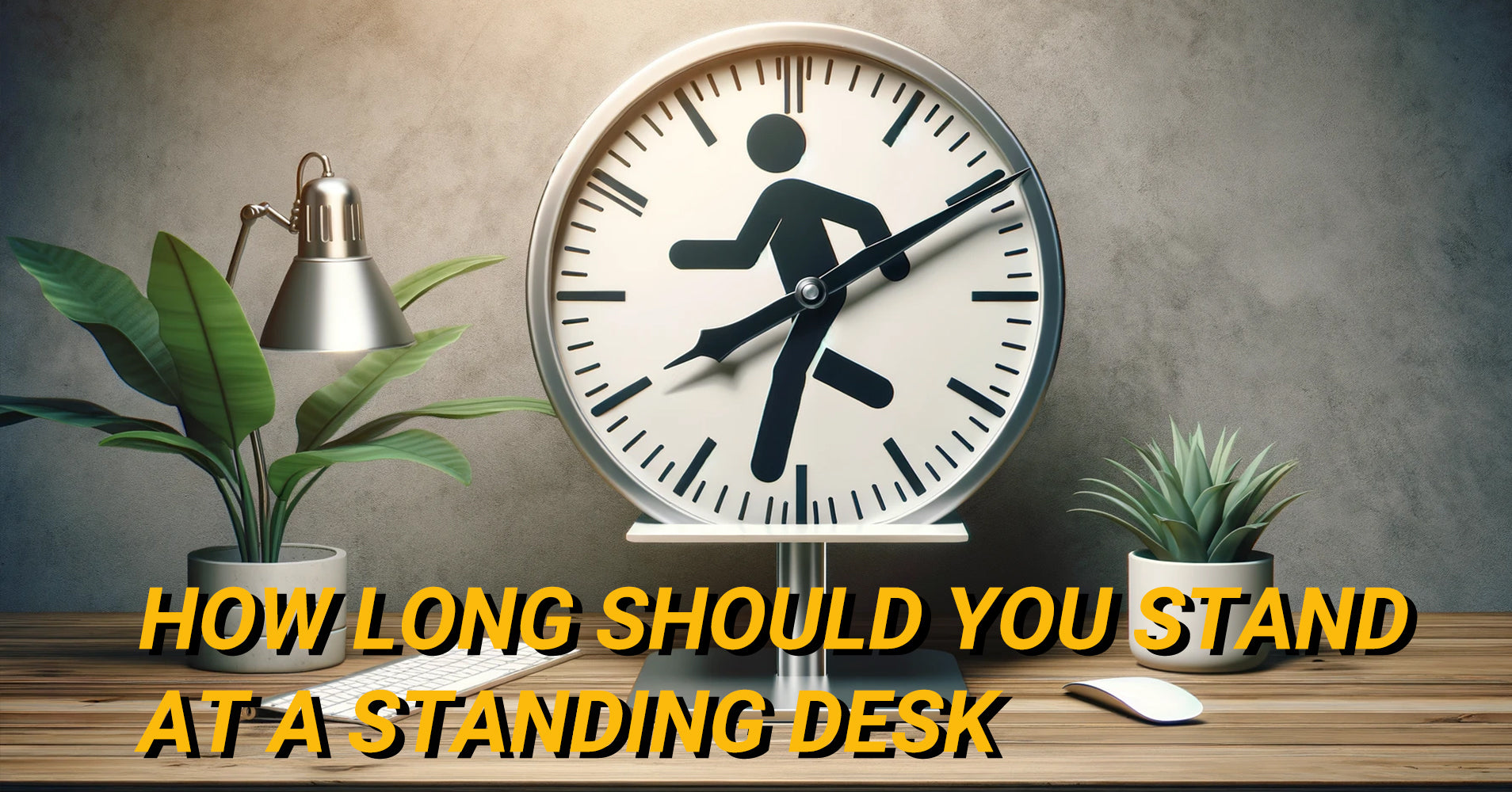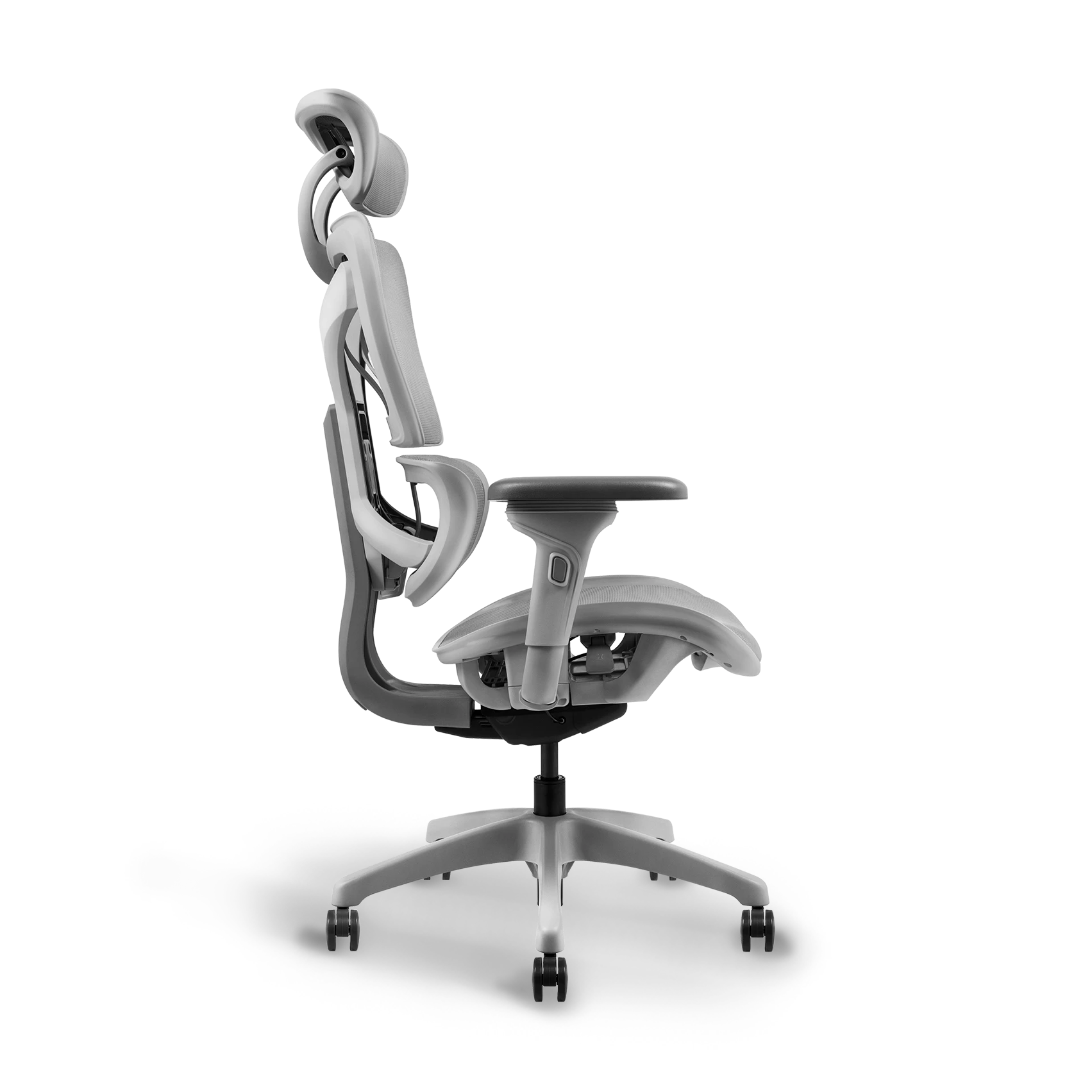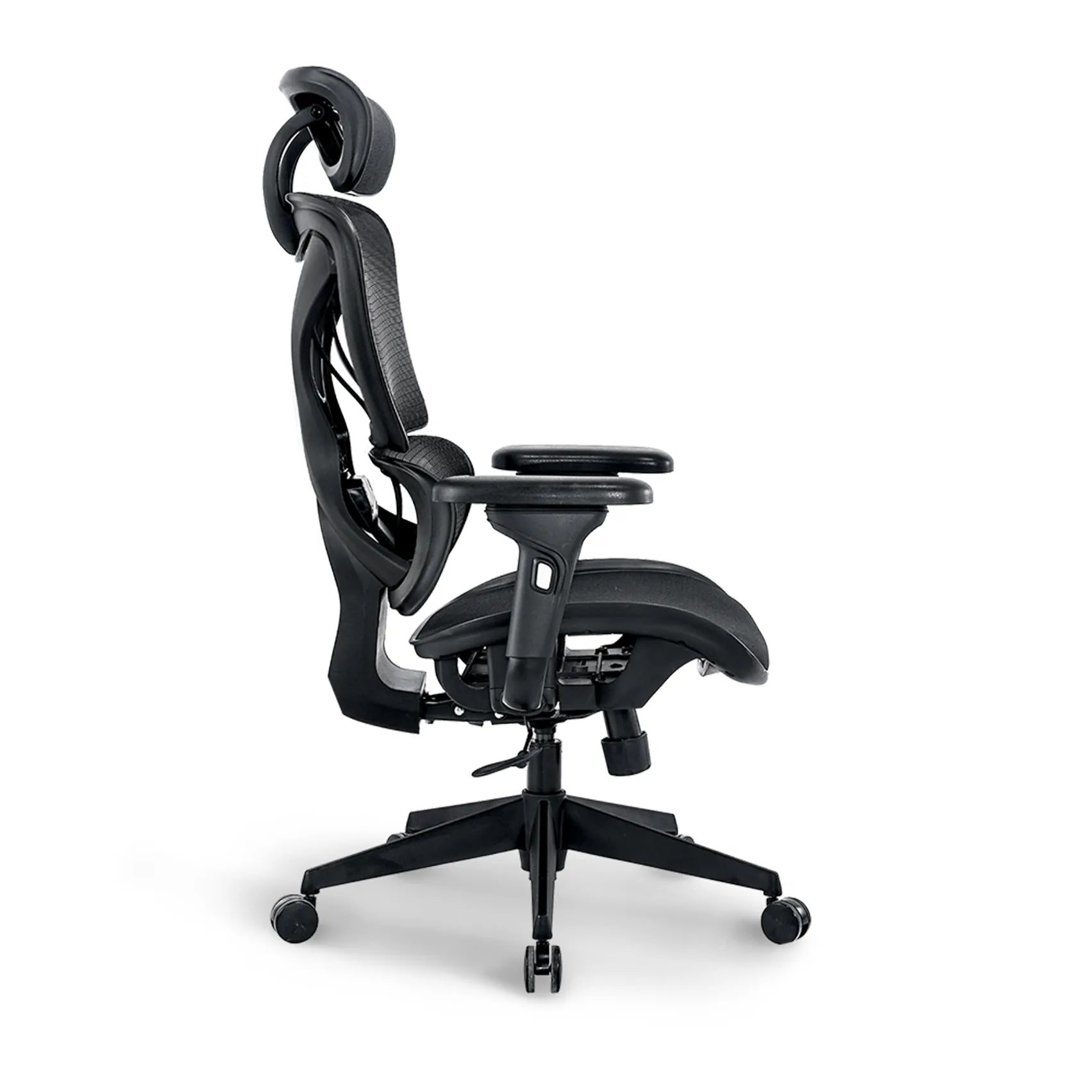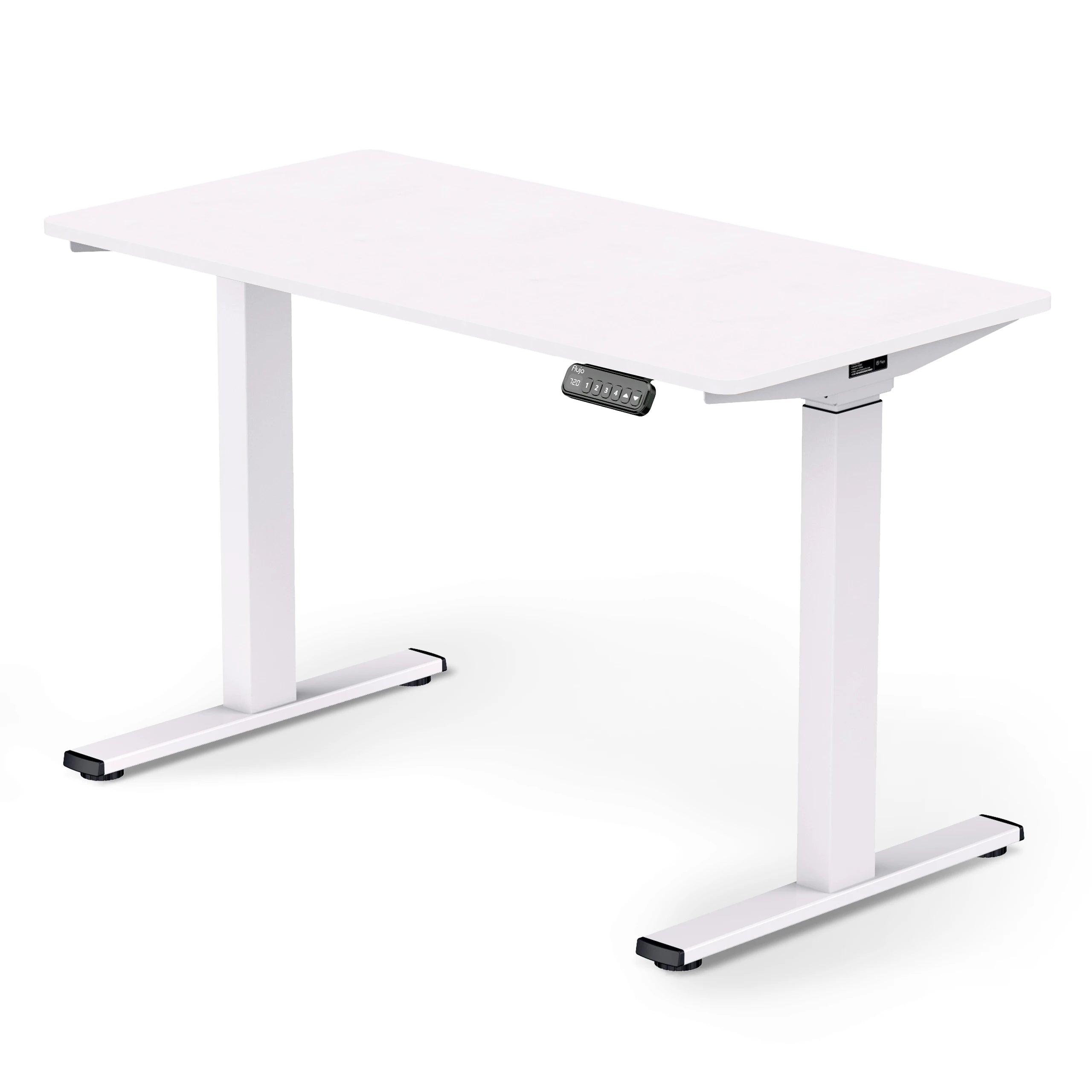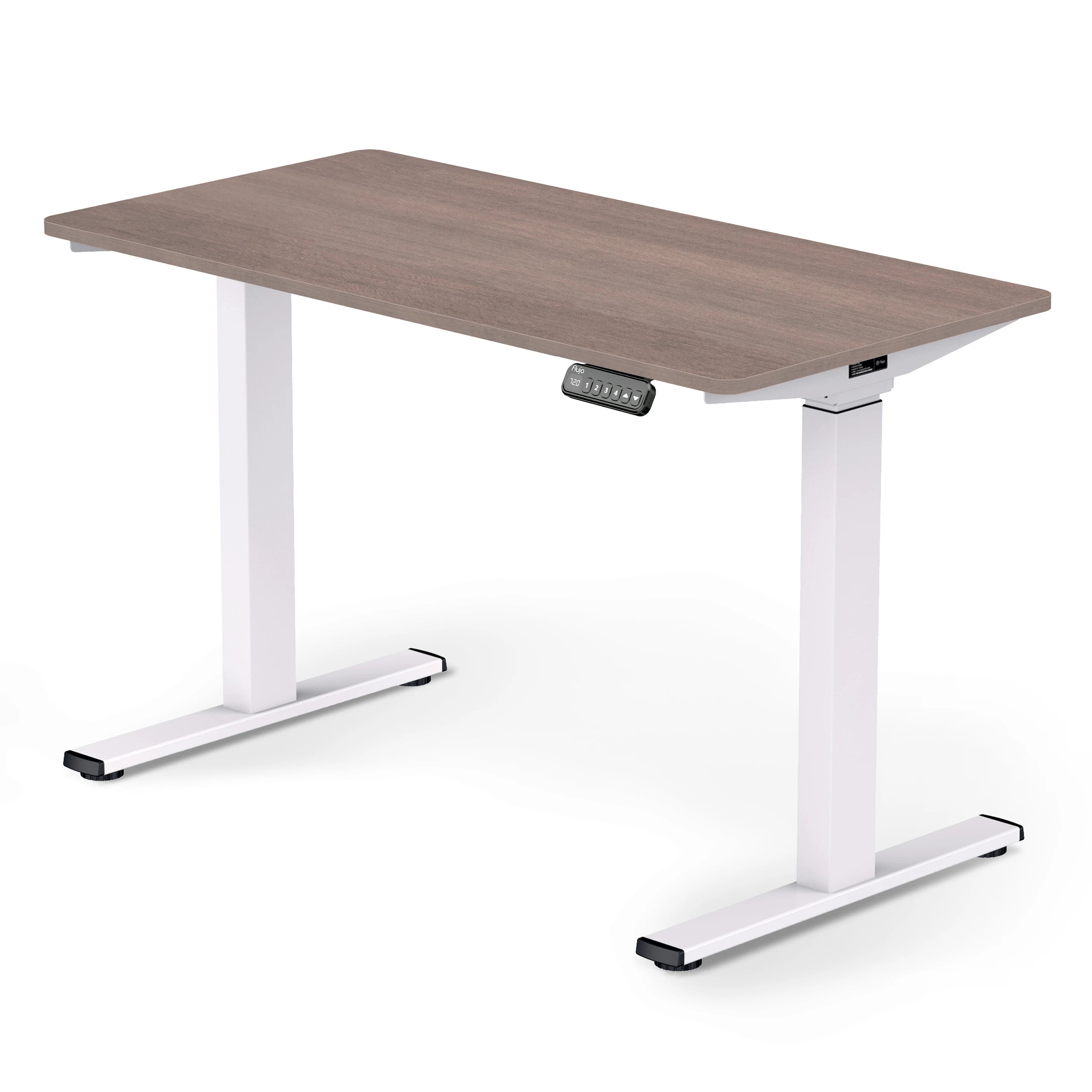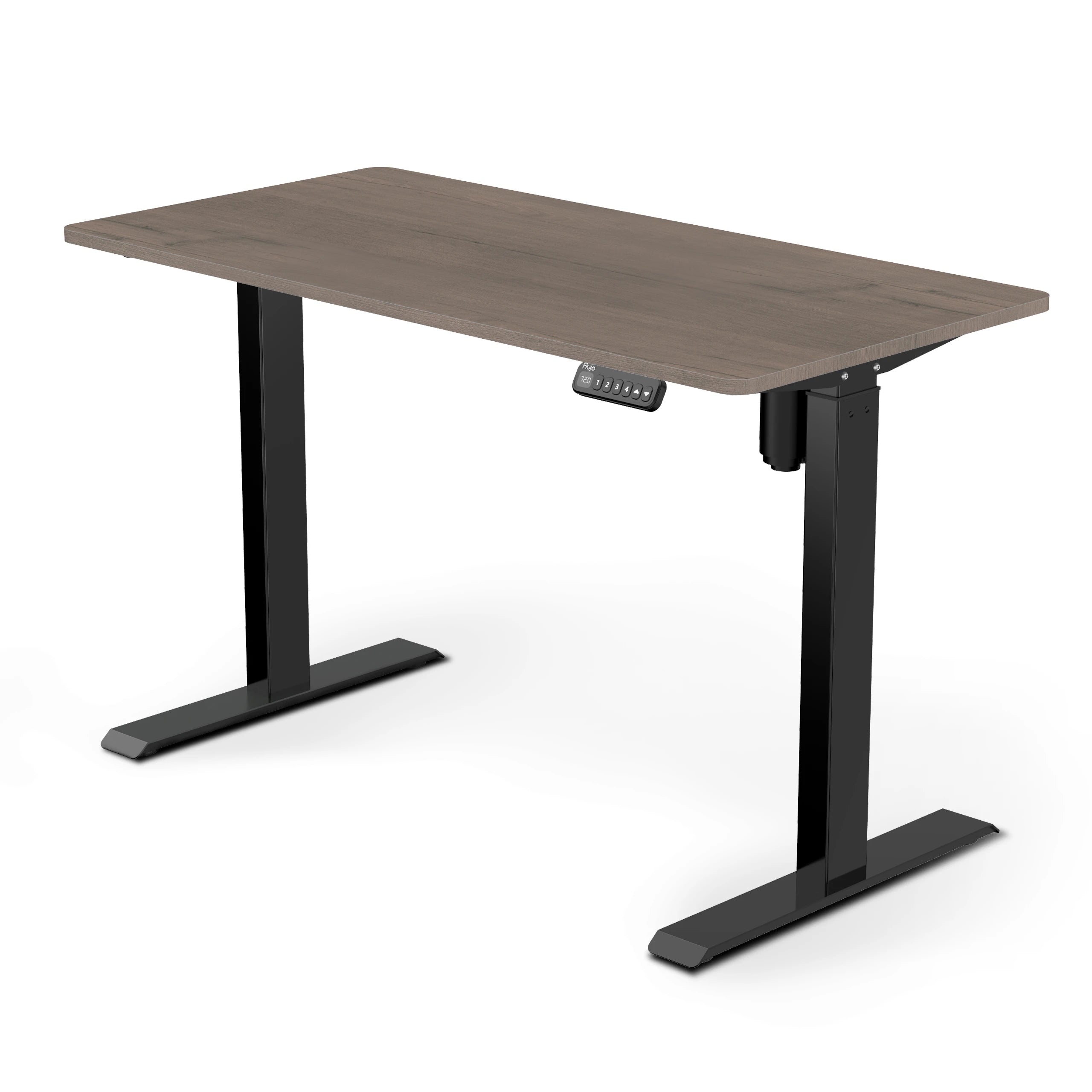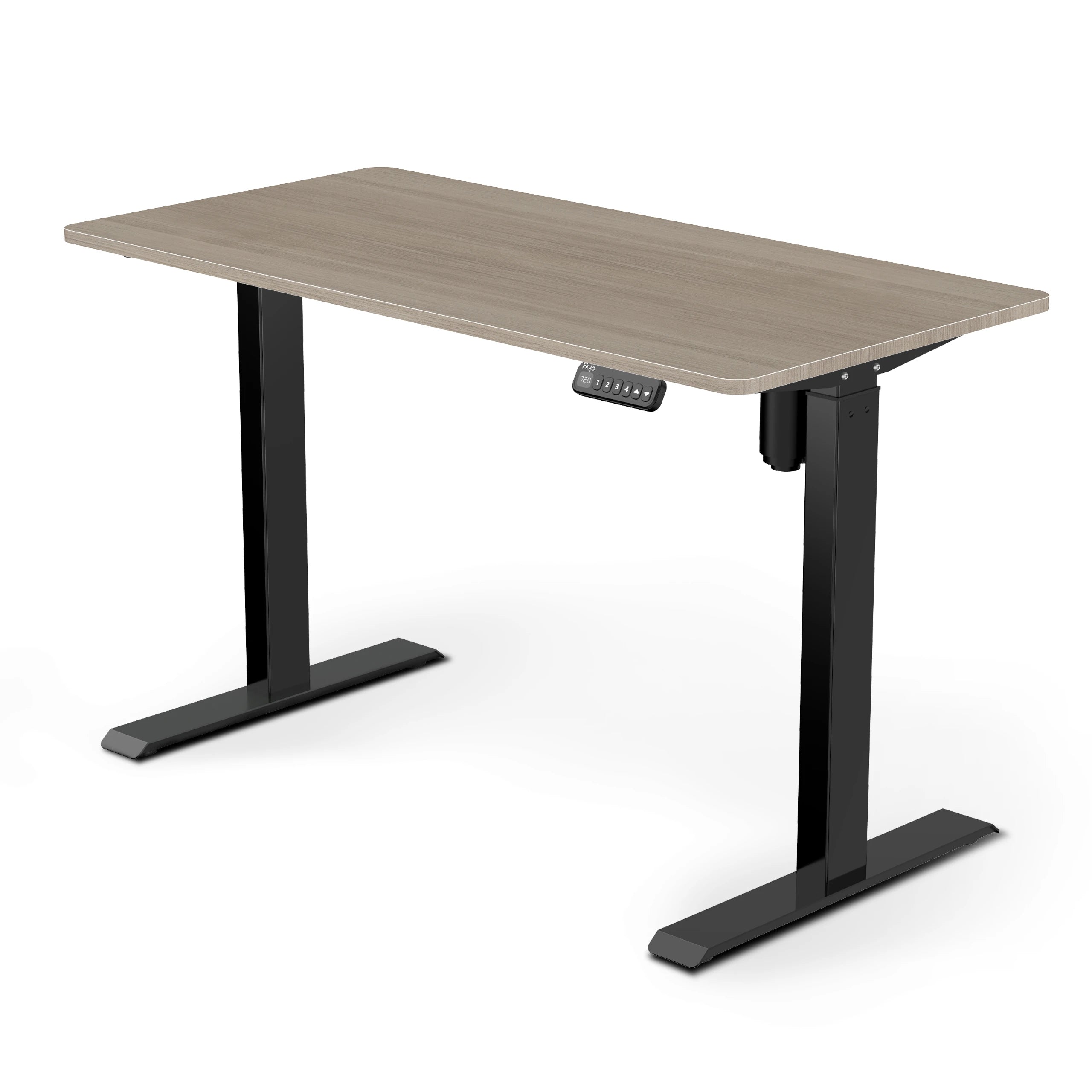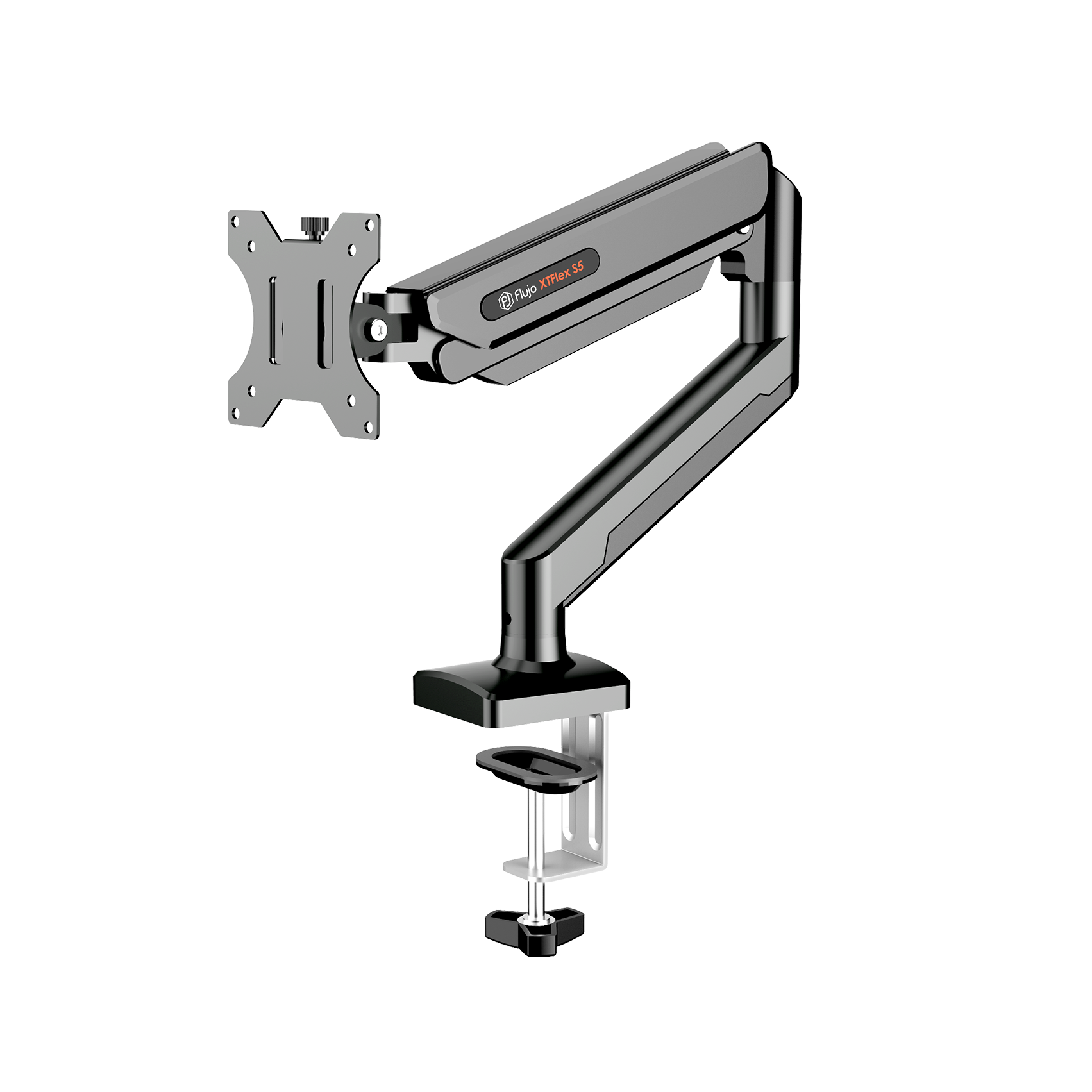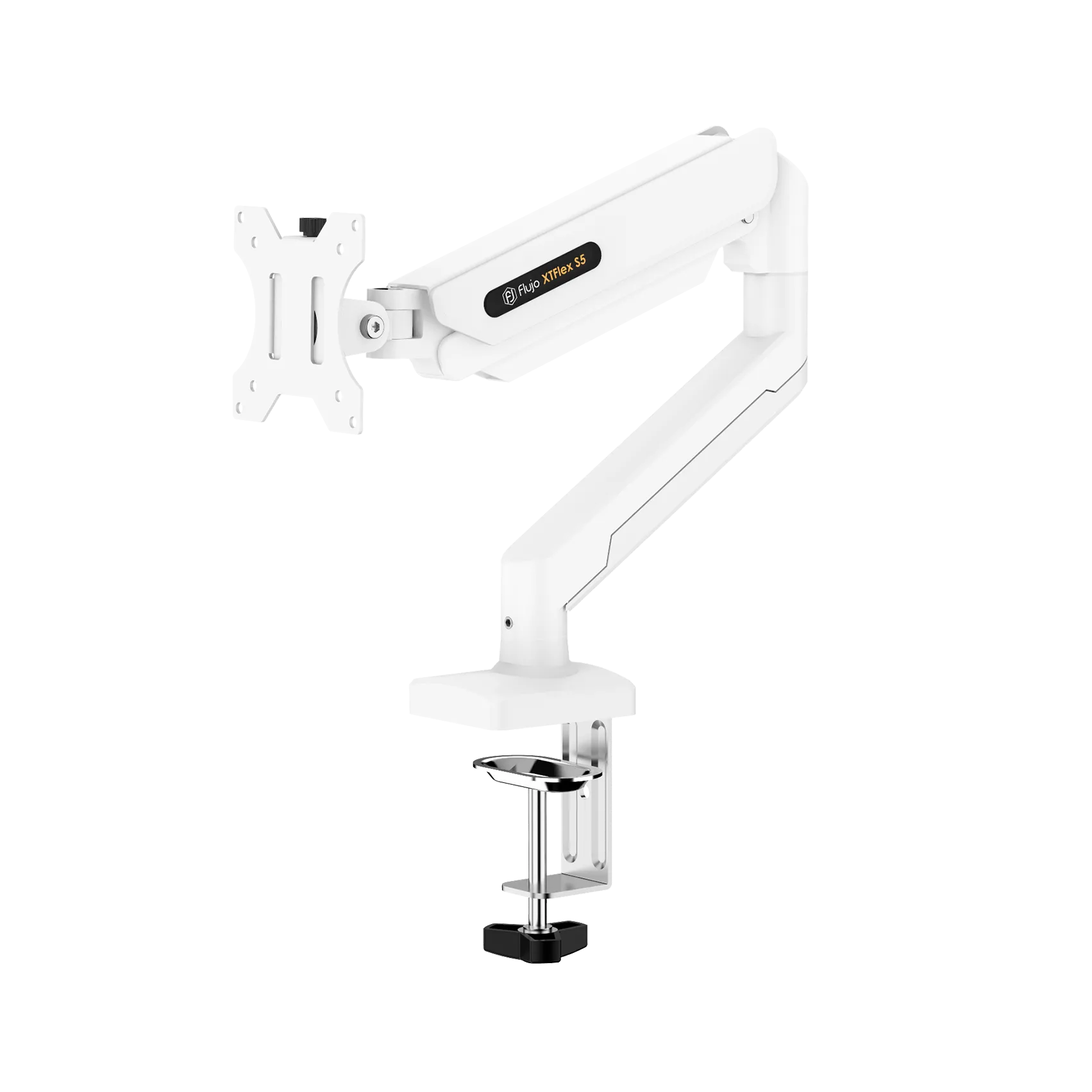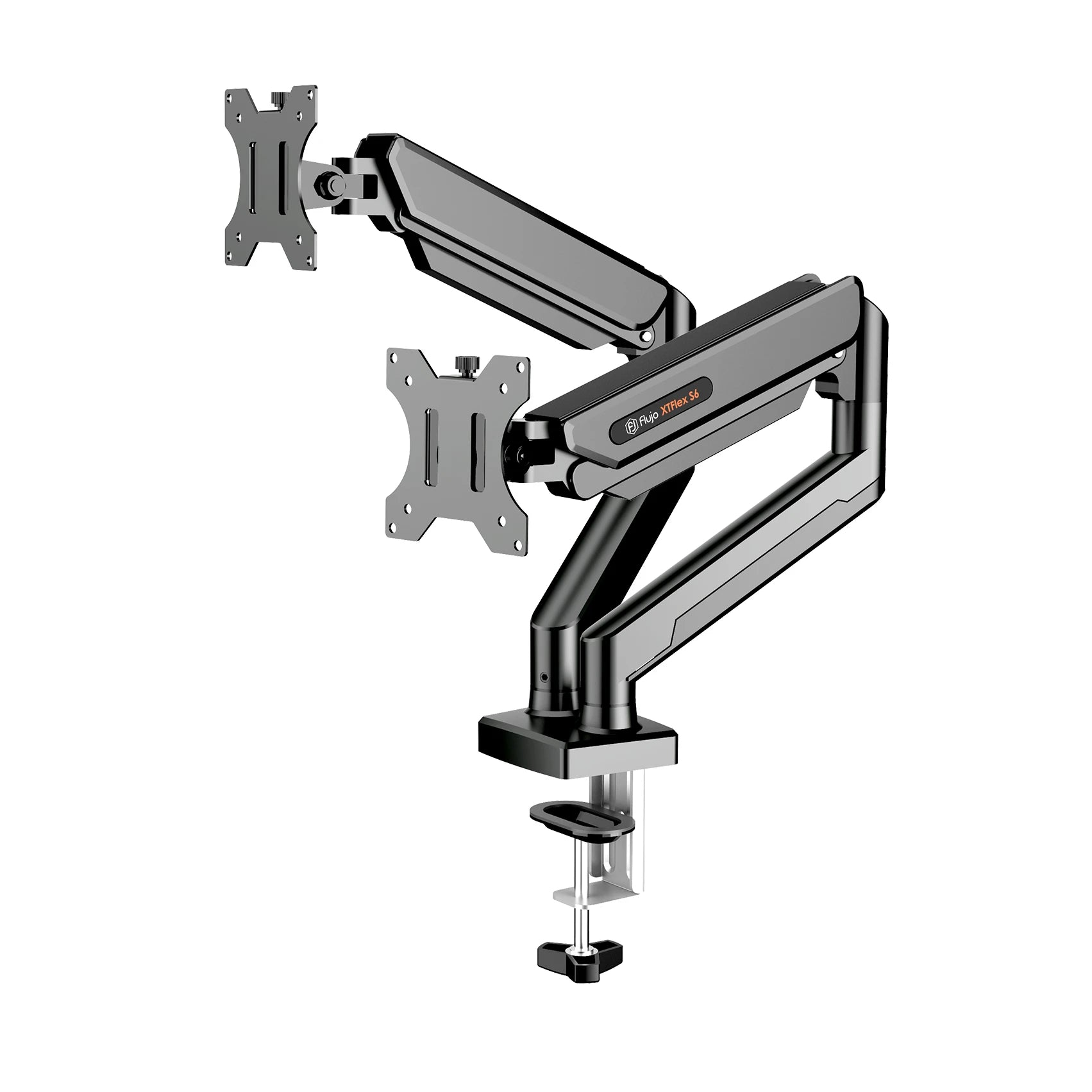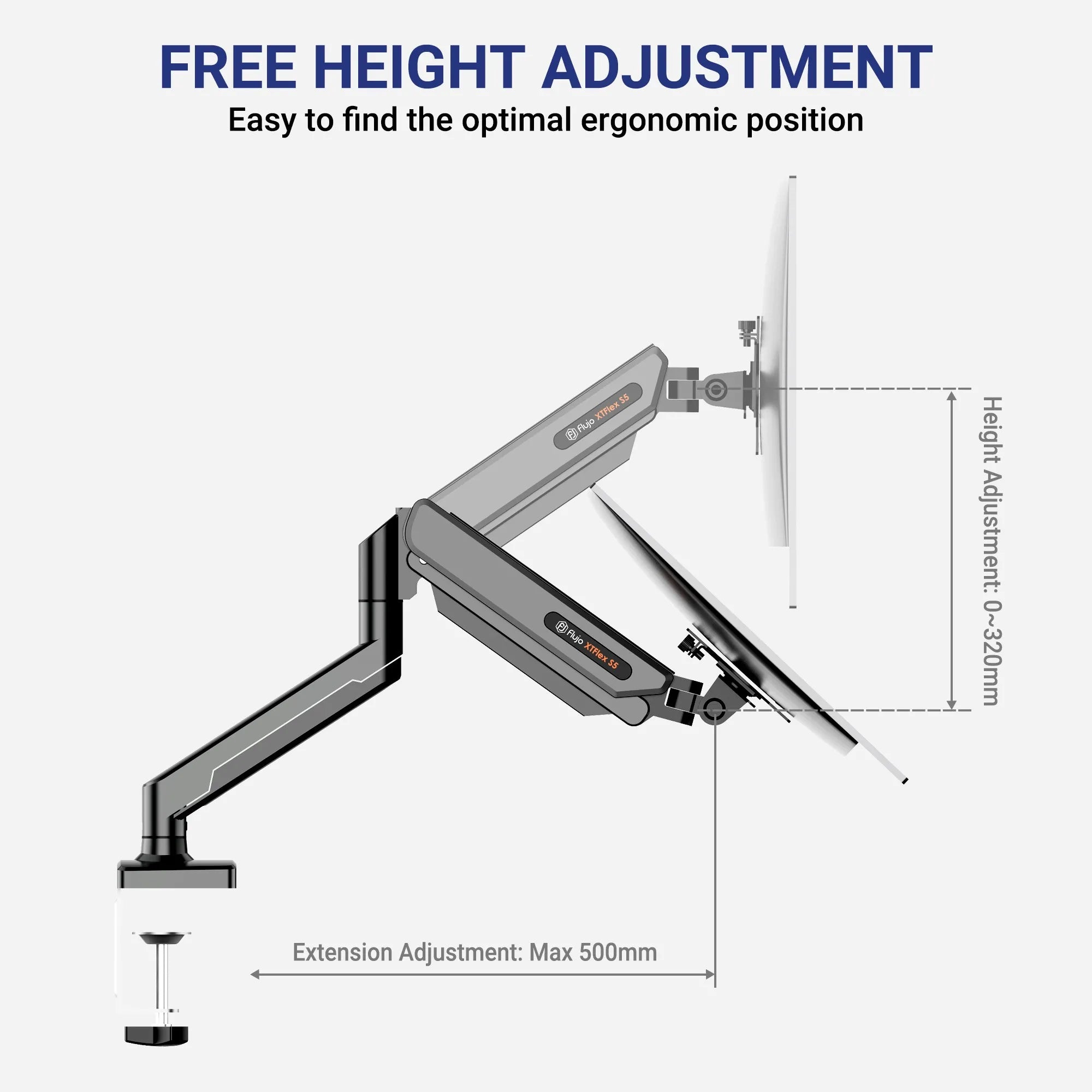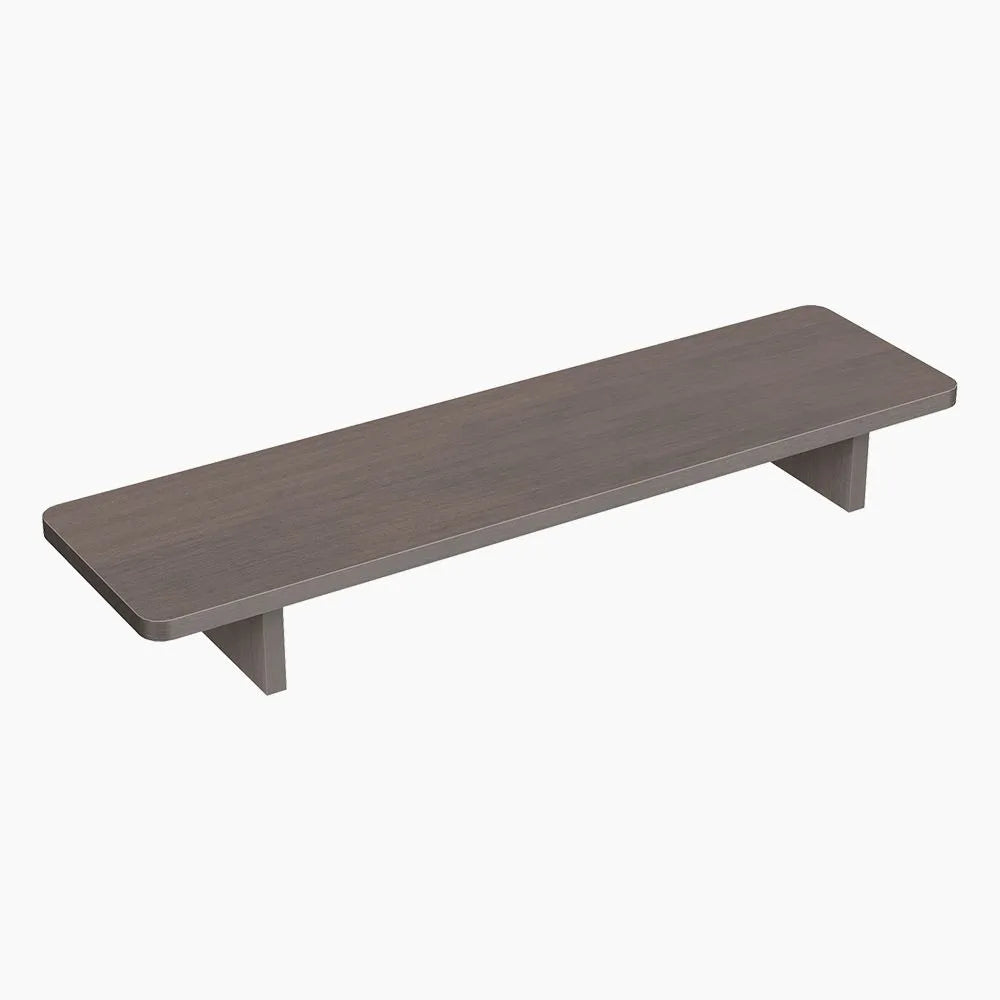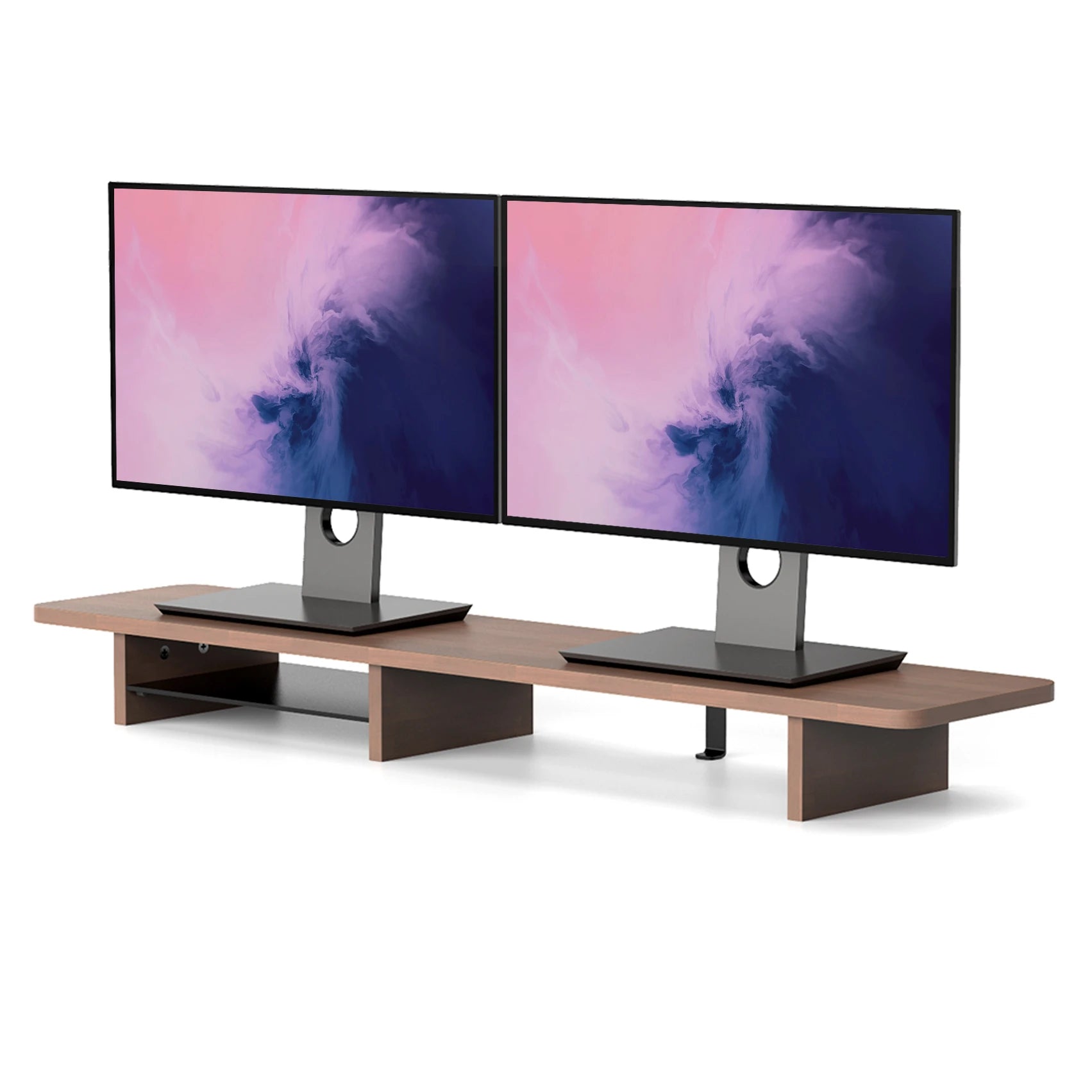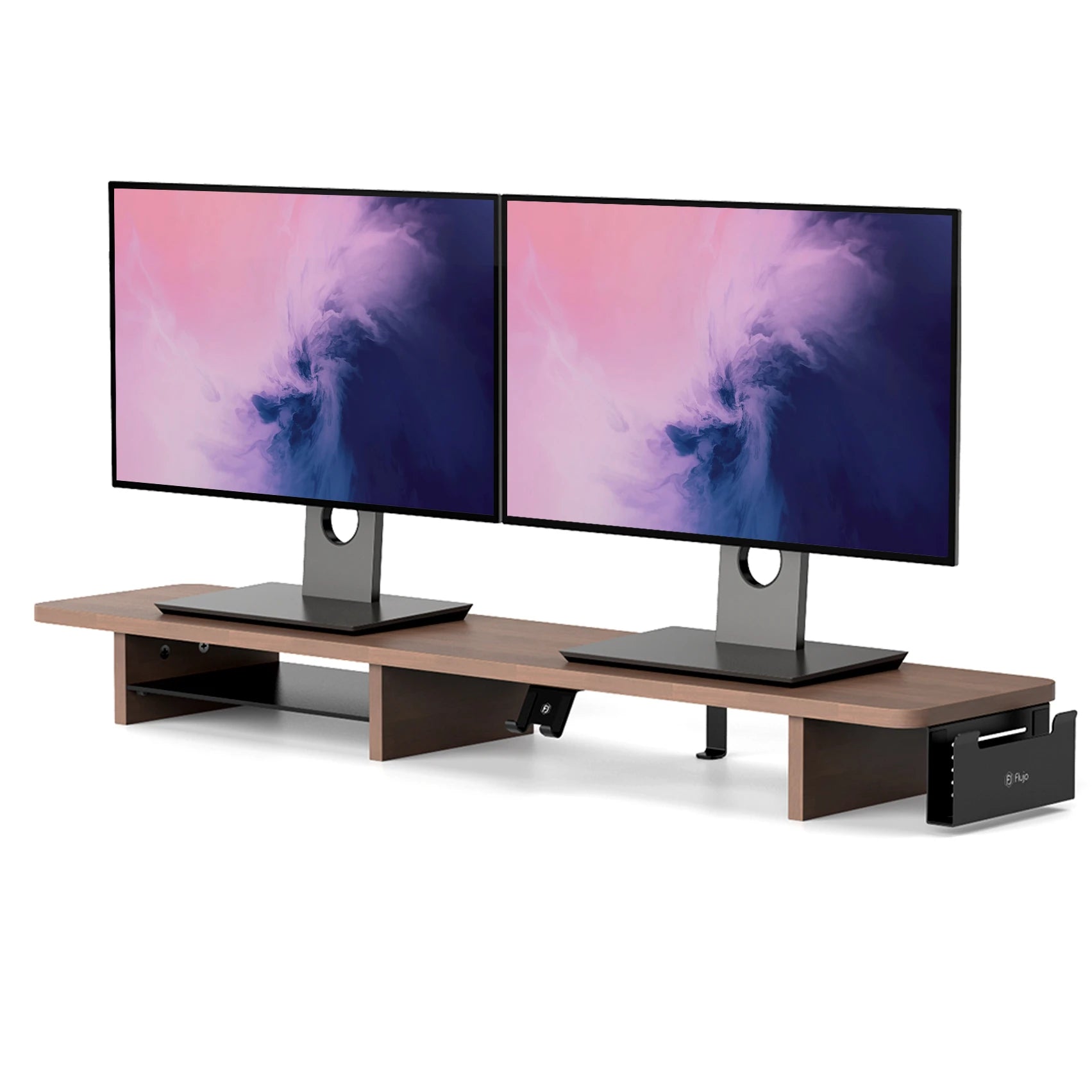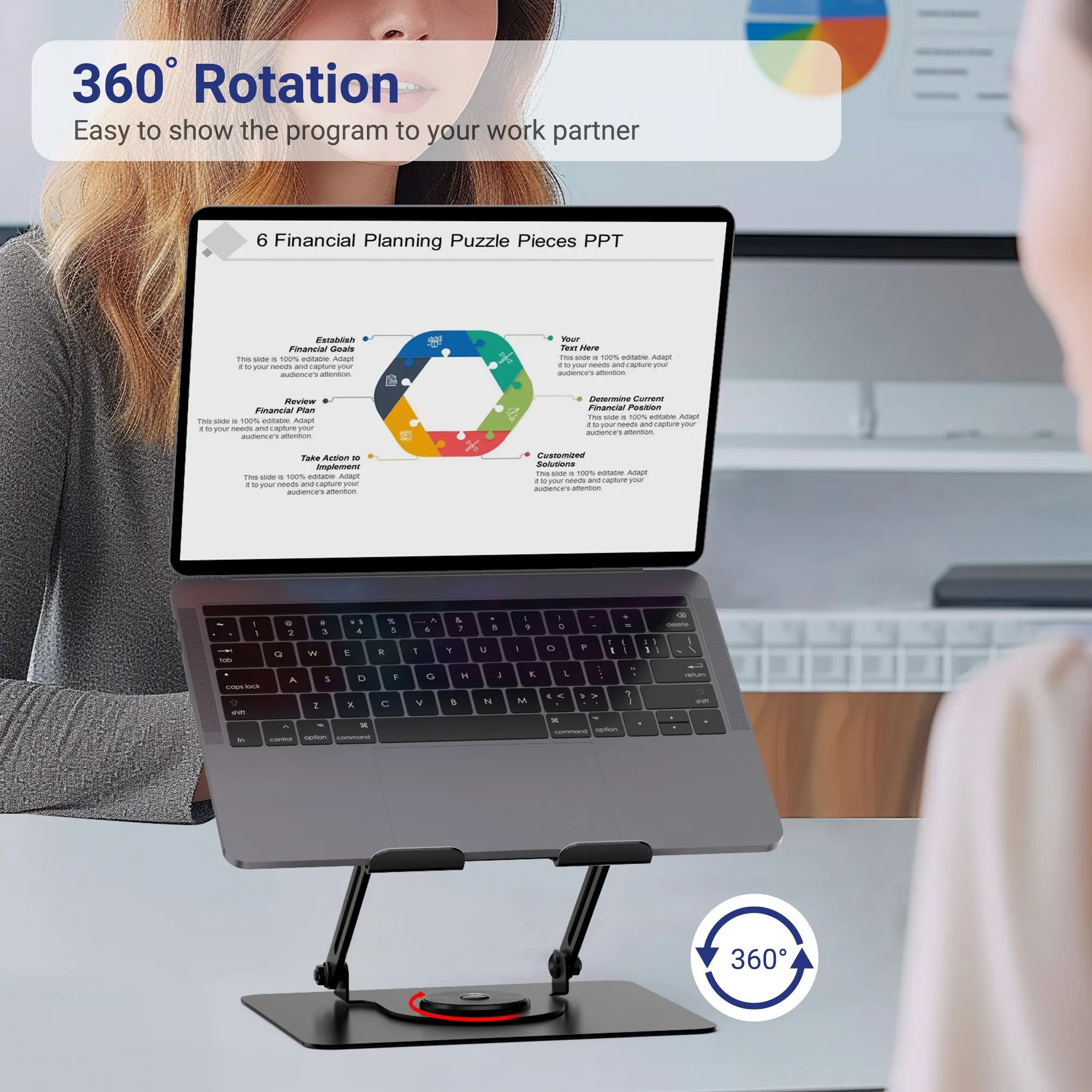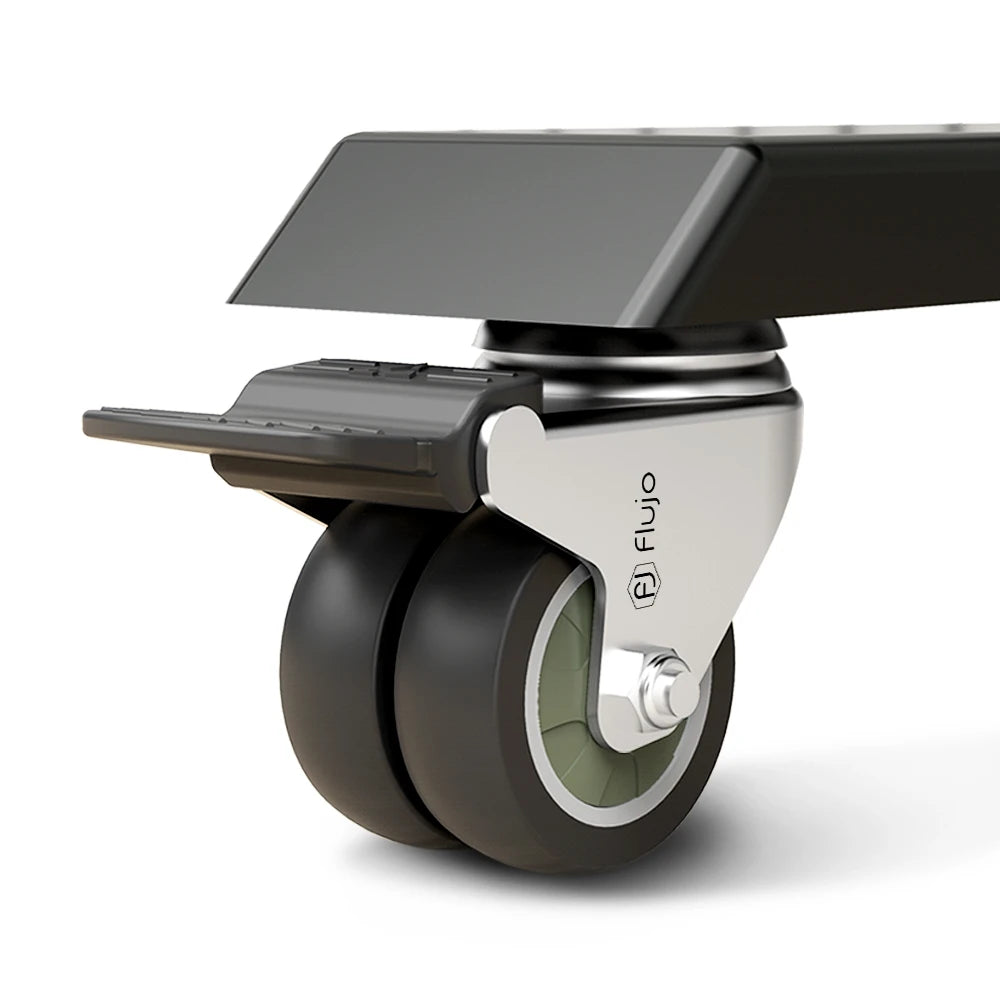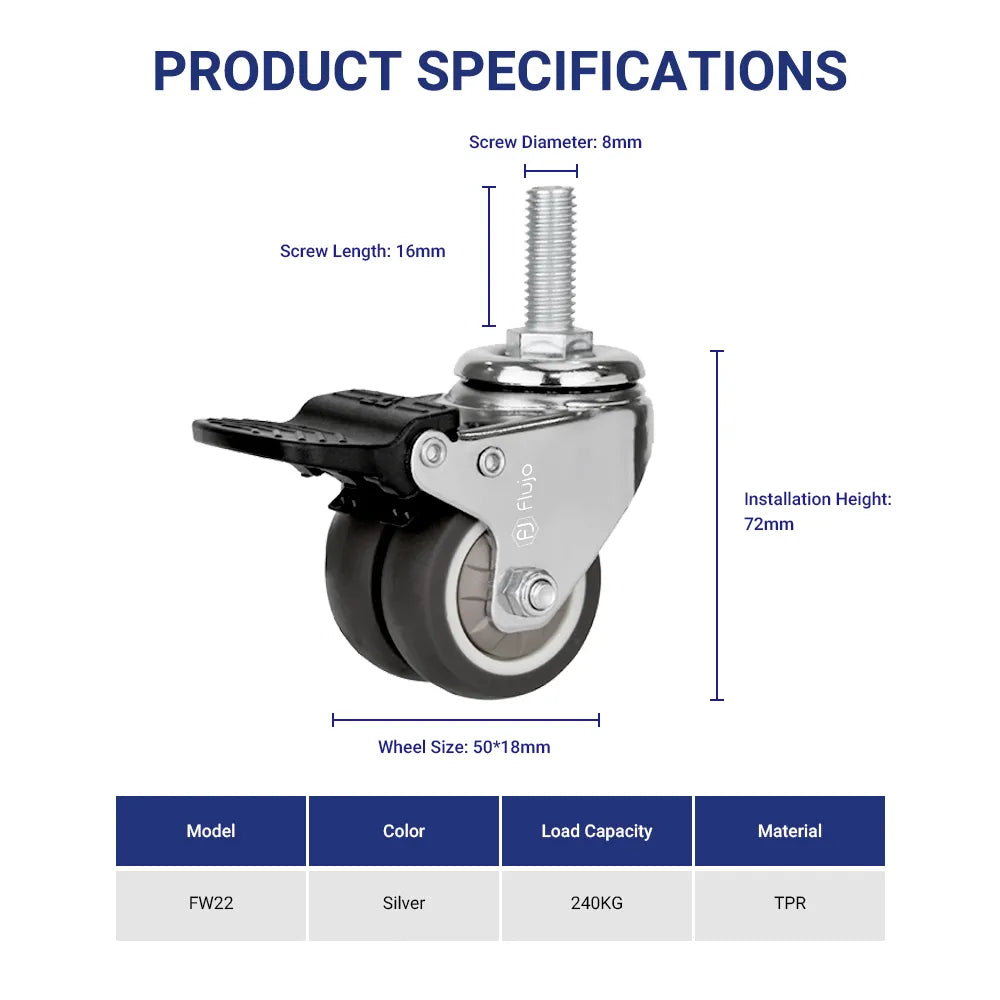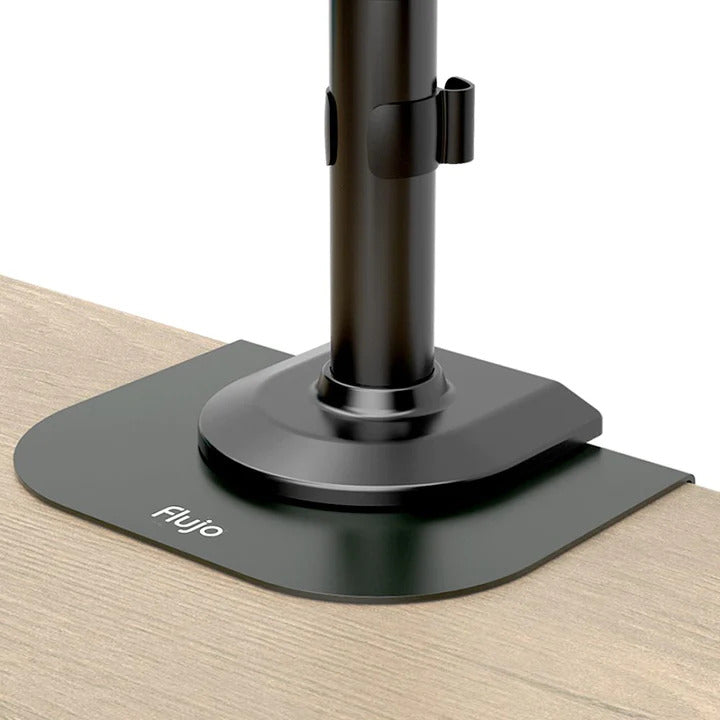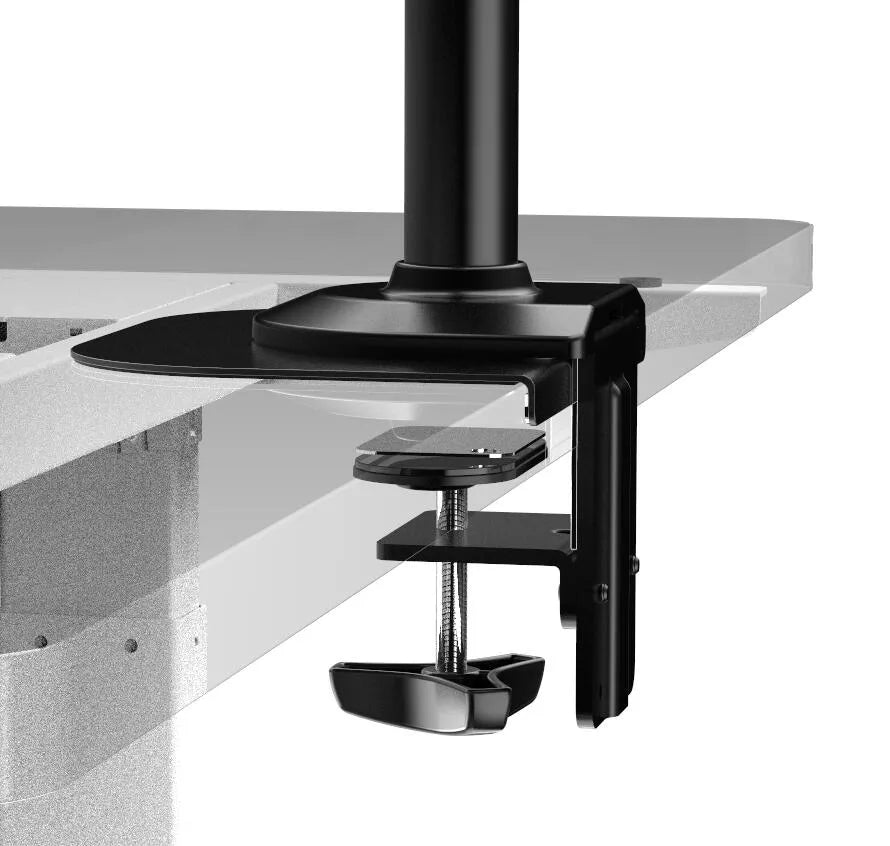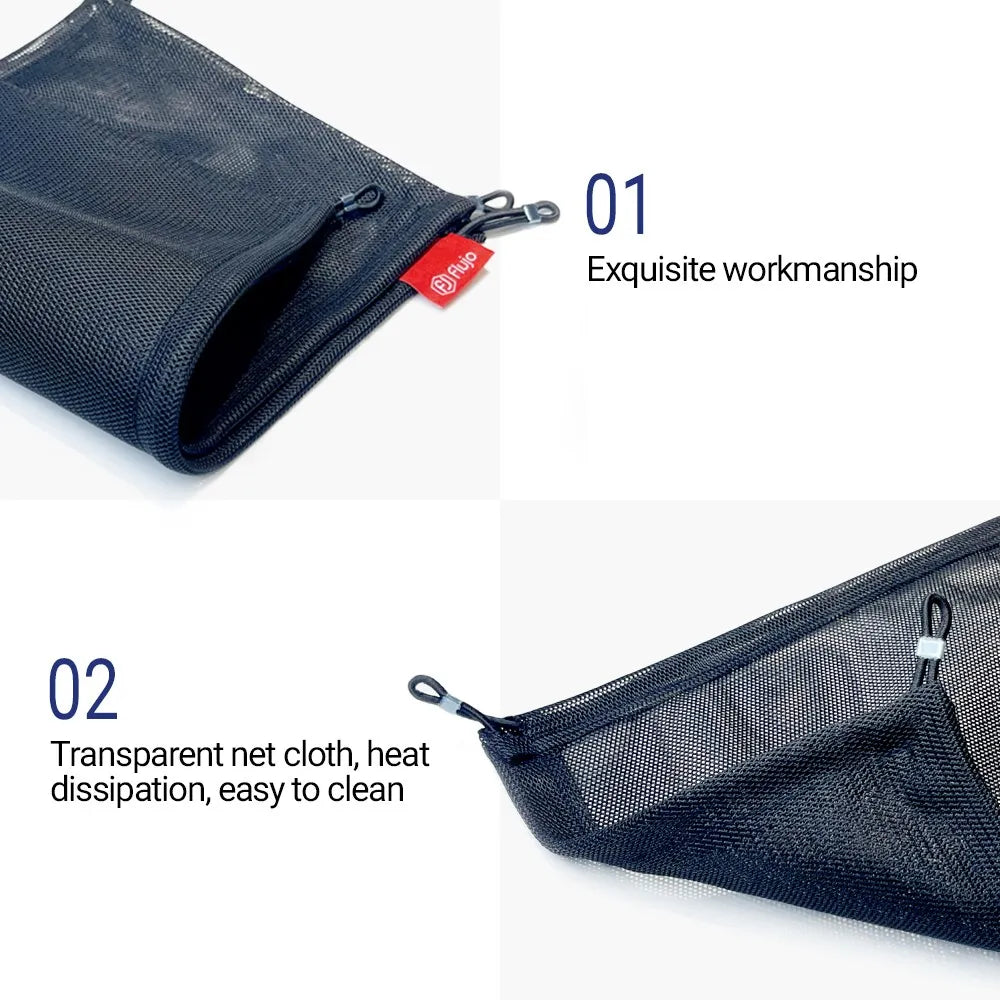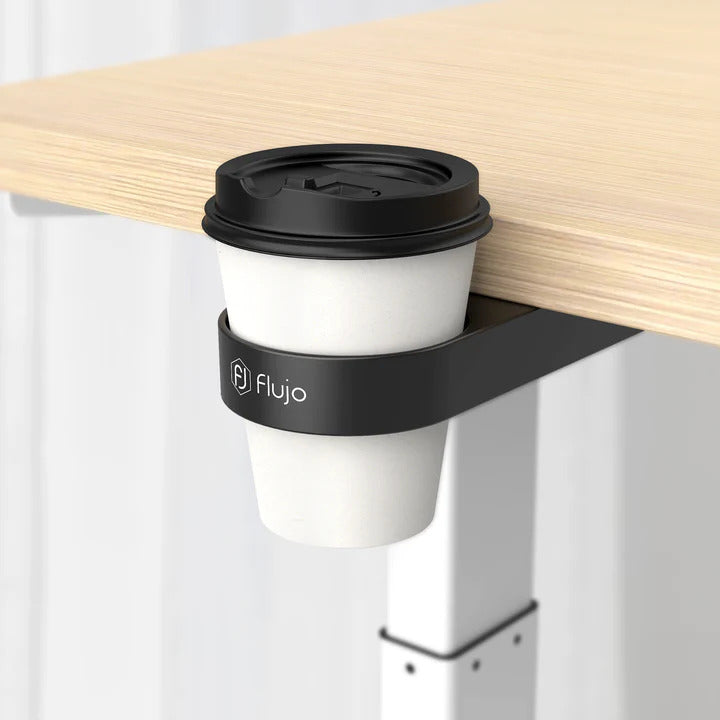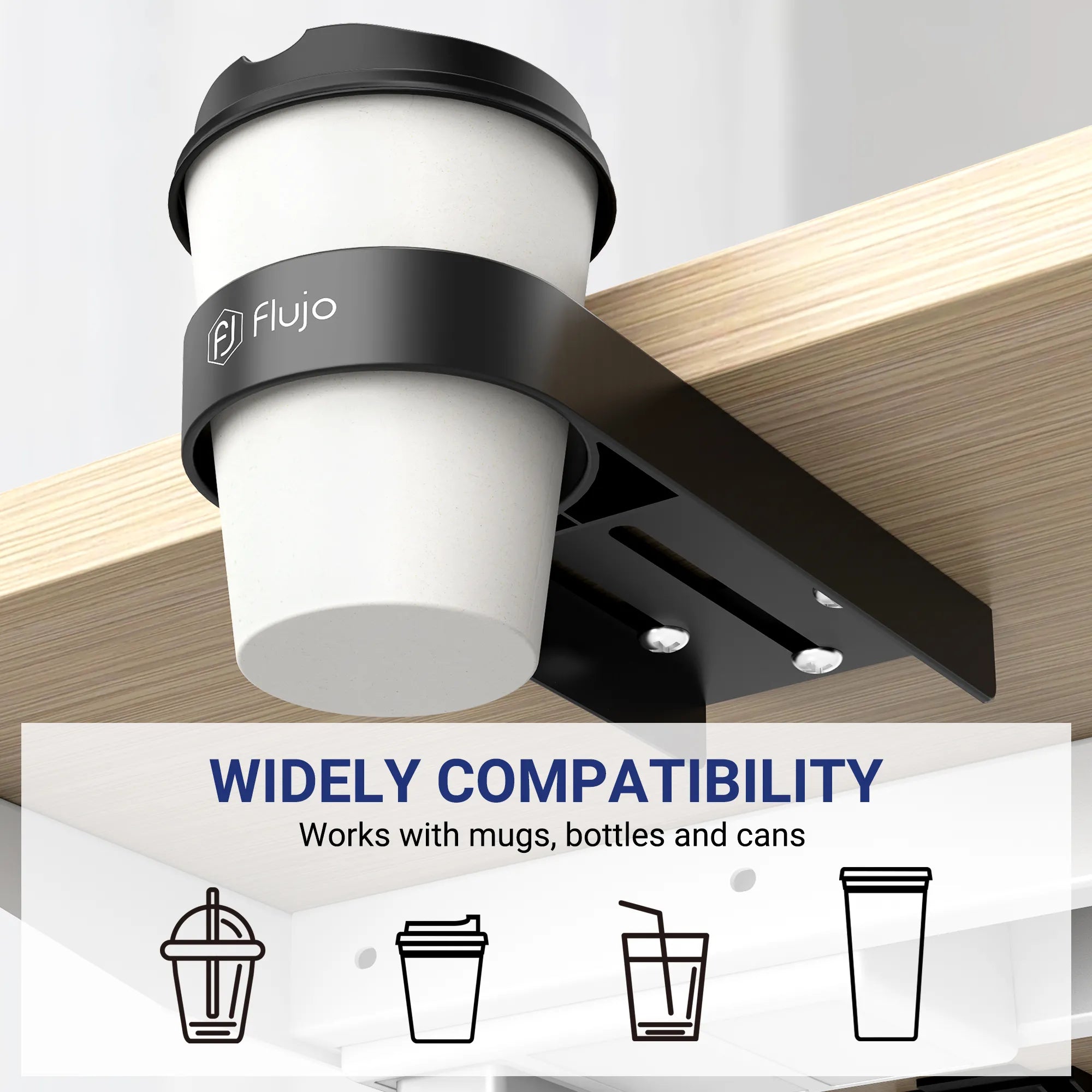Remote Work Revolution: Setting Up the Perfect Home Office
Introduction:
The concept of remote work has surged from a fringe benefit to a mainstay of the modern professional landscape. Not long ago, the notion of working from anywhere but a centralized office was reserved for freelancers or those on the periphery of the corporate ecosystem.
Fast forward to today, and the scene has dramatically shifted. The remote work revolution, spurred on by necessity and technological advancements, has redefined the architecture of the professional world and the very way we understand productivity and collaboration.
This seismic shift towards telecommuting has brought the importance of a well-equipped home office to the forefront. No longer just a temporary setup or a makeshift corner of the dining table, a dedicated home office has become an integral component of the remote professional's life.
It's a symbol of the blurred lines between personal and professional spaces and a testament to the necessity for a workspace that not only mirrors the functionality of a traditional office but also enhances it.
A well-equipped home office is the linchpin to a remote worker's day-to-day effectiveness. It's where strategy is conceived, where creativity burgeons, and where the minutiae of daily tasks are attended to with laser focus. But to cultivate an environment conducive to such multifaceted productivity, one must consider more than just the technological gadgets that facilitate our tasks.
The physical infrastructure—desks, chairs, ambient lighting, and ergonomic accessories—plays an equally pivotal role in ensuring comfort, minimizing distractions, and maintaining health.
As we delve into the specifics of what constitutes a home office that's not only functional but also a joy to work in, we'll explore the key components that help reduce the fatigue of long hours, the strain of repetitive tasks, and the mental fog that can descend without proper organization and comfort.
This isn't just about a place to work; it's about creating a personal hub that inspires, motivates, and supports your best professional self. It's about making that seamless transition from the corporate office to the home workspace without losing stride in your productivity or well-being.
In this vein, the following sections will guide you through selecting the best ergonomic chair that supports your spine during those long hours, the standing desk that keeps your blood flowing, and the monitor arm that aligns your sightline, preserving your focus and posture.
Together, they comprise the trifecta of home office essentials that invite success into your remote work routine. Let's embark on this journey to build not just a workspace, but a personal haven of productivity and comfort.
The Foundation of Comfort - The Ergonomic Chair
Whether you’re a corporate professional, a freelancer, or a remote worker, the chair you sit on can significantly impact your workday and overall well-being. Here's why investing in a good ergonomic chair is not just a matter of comfort but a cornerstone for better posture, enhanced productivity, and long-term health benefits.

Understanding the Ergonomic Chair
At its core, an ergonomic chair is designed to provide optimal support to your body, especially if you spend several hours a day seated. The aim is to reduce the stress on your spine, hips, and neck, which are often strained by prolonged sitting.
Key Features to Look for:
- Adjustability:The more adjustable a chair is, the better it can conform to your unique body shape. Look for chairs that offer height adjustments, tilt mechanisms, and adjustable armrests to ensure your feet, wrists, and elbows remain in a relaxed and natural position.
- Lumbar Support:Proper lumbar support is crucial for maintaining the natural curve of your spine. Chairs with adjustable lumbar support can help prevent the flattening of the lower back and the strain this can cause.
- Seat Depth and Width:Your chair should have enough depth to support your hips and thighs without pressing against the back of your knees. Similarly, the width should allow you to sit comfortably without feeling squeezed.
- Breathable Material:A chair made from breathable fabric can help regulate your temperature and keep you comfortable throughout the day.
- Sturdy Base:A strong base not only offers stability to prevent tipping but also should allow for smooth movement across the floor, aiding in maintaining a dynamic sitting position.
How to Select the Perfect Ergonomic Chair:
- Assess Your Needs:Consider the amount of time you spend in your chair and what your typical day entails. Do you need to move around often? Will you be sitting for extended periods?
- Try Before You Buy:If possible, test out several chairs before making a decision. Sit down and adjust the chair to see how well it fits your body.
- Read Reviews:Look at what others have to say about the chair's comfort, durability, and functionality.
- Invest Wisely:Don’t hesitate to invest in a high-quality chair. It’s a long-term investment in your health and productivity.
Remember, an ergonomic chair is not just a piece of office furniture; it’s a personal workspace tool that should cater to your body's needs, allowing you to work efficiently without compromising your health.
Make sure to take the time to find the right chair that offers a personalized fit, exceptional comfort, and comprehensive support.
Standing Desks - The New Age of Flexibility
In the modern workplace, adaptability is key, and standing desks have become a symbol of this new flexible approach to work. These innovative desks are not just a fad; they're a response to the growing body of research highlighting the importance of movement throughout the day. Here's a closer look at why standing desks are a smart addition to any work environment and how to make the most of them.

Health Benefits of Standing Desks:
- Reduces Risk of Weight Gain:Standing burns more calories compared to sitting. Incorporating more standing into your day can therefore contribute to weight management.
- Lowers Blood Sugar Levels:Standing after meals can reduce blood sugar spikes, which is particularly beneficial for those with insulin sensitivities or type 2 diabetes.
- May Reduce Back Pain:Many people report a significant decrease in back pain after switching to a standing desk, thanks to the potential for improved posture and core strength.
- Improves Mood and Energy Levels:Standing more often can increase energy and enthusiasm throughout the workday, potentially even alleviating feelings of stress or depression.
- Boosts Productivity:With enhanced energy levels and focus, standing desks can lead to greater productivity, with no significant impact on typing speed or error rates.
Tips for Alternating Between Sitting and Standing:
- Start Slowly:Transition into using a standing desk gradually. Start with 30-minute intervals of standing, followed by 1-2 hours of sitting, and adjust as comfortable.
- Listen to Your Body:Pay attention to signs of fatigue. If you feel sore or tired, it's time to sit. Over time, your endurance for standing will improve.
- Use a Timer:Set reminders to alternate between sitting and standing. This helps you avoid prolonged periods in either position.
Features to Look for in a Standing Desk:
- Height Adjustability:Ensure the desk can be adjusted to your specific standing height to maintain ergonomic positioning of your arms and eyes in relation to your computer screen.
- Ease of Use:The mechanism to raise and lower the desk should be smooth and effortless to encourage regular movement.
- Stable Work Surface:A good standing desk should be sturdy, without wobbling, to provide a reliable surface for all work tasks.
- Ample Desk Space:There should be enough room for your necessary equipment and space to work comfortably.
- Cable Management:Look for desks with built-in solutions to keep cords tidy and out of the way, reducing clutter and potential hazards.
Incorporating a standing desk into your workspace is about embracing a dynamic work style that can lead to better health and increased productivity. By selecting a desk with the right features and using it wisely, you can enjoy the full range of benefits these modern workstations have to offer.
The Overlooked Essential - The Monitor Arm
Amidst the discussion about ergonomic chairs and standing desks, the monitor arm is often the unsung hero of an ergonomic workspace. This simple accessory holds the key to optimizing your screen's position, helping prevent neck strain and ensuring you're as comfortable as possible while you work. Here's why a monitor arm is an indispensable part of any desk setup.

How Monitor Arms Aid in Creating an Ergonomic Workspace:
- Correct Monitor Height: A monitor arm allows you to adjust your screen to eye level, which is crucial in maintaining good posture. It can prevent the neck flexion that occurs when looking down at a screen, reducing the risk of neck and shoulder pain.
- Depth Adjustment: It gives you the flexibility to bring the monitor closer or push it away, depending on your vision needs and the task at hand, further reducing eye strain and supporting optimal posture.
- Tilt and Swivel Features: These allow you to angle your monitor to reduce glare from windows or overhead lights. The swivel function can also be useful for sharing your screen with someone sitting beside you without having to move the entire monitor.
The Versatility and Space-Saving Benefits of Monitor Arms:
- Frees Up Desk Space: By elevating your monitor off the desk, a monitor arm frees up valuable desk real estate, allowing for a less cluttered and more organized workspace.
- Accommodates Multiple Monitors: If you use more than one monitor, arms can be essential in setting up a seamless multi-screen layout that's both functional and space-efficient.
- Adapts to Changing Needs: As you shift from sitting to standing, or as you adjust your workspace throughout the day, a monitor arm can move with you, ensuring your screen is always at the most comfortable position.
Incorporating a monitor arm into your workspace setup isn't just a matter of convenience—it's about taking care of your physical well-being while working. Whether you're at home or in an office, the addition of a monitor arm can make a significant difference in creating a workspace that's both comfortable and conducive to productivity.
Creating a Productive and Healthy Work Environment
The layout and design of a workspace are more than just aesthetic considerations. They are central to fostering productivity and maintaining the health and well-being of those who work within them. When planning an office environment, it's crucial to understand how the arrangement of space and the choice of furniture can have profound effects on daily operations and employee satisfaction.
The Importance of Workspace Layout:
- Facilitates Movement:An intelligently designed workspace encourages movement. Avoiding a sedentary lifestyle is essential, and a layout that prompts employees to walk around can have significant health benefits.
- Encourages Collaboration:The physical arrangement of an office can either promote or hinder interaction. Creating open spaces where colleagues can come together can boost teamwork and the exchange of ideas.
- Aids Concentration:While collaboration is vital, so is the ability to focus. Including quiet zones or sound-dampening elements in a layout helps employees concentrate when they need to dive into complex tasks.
How to Integrate Ergonomic Furniture for the Best Outcomes:
- Invest in Quality Chairs:Start by choosing ergonomic chairs that support the natural curve of the spine. Features like adjustable height, tilt, and lumbar support allow for a personalized fit that can prevent discomfort and injury.
- Include Adjustable Desks:Standing desks can be a game-changer for many, reducing the risks associated with prolonged sitting. Ensure they are easy to adjust to cater to different heights and preferences.
- Consider the Placement:Position furniture to take advantage of natural lighting, and ensure that employees have enough space to move freely without feeling cramped.
- Add Accessory Supports:Footrests, wrist supports, and monitor stands can all contribute to a more comfortable and ergonomic workstation. These details may seem minor, but they can make a significant difference in day-to-day comfort.
Creating a workspace that promotes health and productivity isn't just about selecting the right furniture. It's about considering how each element contributes to the flow and function of the environment. A well-thought-out layout, combined with ergonomic furniture, can transform an office into a space where employees feel motivated and supported, leading to better work and well-being.
Ergonomics and Productivity - A Proven Link
The connection between ergonomics and productivity is not just anecdotal; it's a relationship that's been repeatedly proven by a plethora of studies. Ergonomics, the science of designing the workplace to fit the worker, plays a critical role in fostering an environment conducive to effective work performance.
Let's delve into the specifics of how this link has been established and what it means for the modern workplace.

Understanding the Ergonomic Influence:
- Minimizes Musculoskeletal Disorders (MSDs):Ergonomic furniture and tools are specifically designed to prevent the strain on muscles, nerves, and tendons. This minimization of MSDs keeps employees healthier and more comfortable, which is directly linked to their ability to concentrate and perform tasks efficiently.
- Reduces Fatigue:Proper ergonomic practices lead to less physical and mental fatigue. When the body is not expending unnecessary energy to compensate for poor posture or ill-fitted furniture, there is more energy available for productive work.
- Enhances Engagement:Employees working in an ergonomically sound environment are more likely to be engaged with their work. A comfortable workspace can reduce the distraction caused by discomfort, allowing for better focus on tasks at hand.
Evidence of Ergonomics Boosting Productivity:
- Case Studies:Numerous organizations have reported a significant increase in productivity after implementing ergonomic solutions. For instance, a study published by the Washington State Department of Labor and Industries found that ergonomics interventions can lead to a 25% increase in productivity.
- Research Data:The Occupational Safety and Health Administration (OSHA) supports the claim that ergonomics improves productivity. They report that by designing a workstation to allow for good posture, less exertion, fewer motions, and better heights and reaches, the workstation becomes more efficient.
- Employee Reports:Feedback from workers often indicates that an ergonomic work environment makes them feel valued and comfortable, which translates to increased motivation and output.
In conclusion, the link between ergonomics and productivity is both clear and significant. When companies invest in ergonomic solutions, they're not only demonstrating a commitment to employee well-being but are also taking a step towards a more efficient, effective workforce.
Ergonomics is not just about adding a few pieces of equipment; it's about creating a holistic environment where employees can perform at their best. By acknowledging and acting on the proven connection between a well-designed workspace and productivity, businesses can reap the benefits of a healthier, more engaged, and more productive team.
The Psychology Behind an Effective Home Office
The psychological impact of a home office cannot be overstated. The design and furnishing of your workspace at home can profoundly influence your mental state, affecting your motivation, focus, and overall work ethic.
The inclusion of specific furniture pieces, particularly those that align with ergonomic principles, plays a significant role in shaping this environment. Let's unpack the psychological mechanisms at play when you fine-tune your home office setup.
The Influence of Furniture on Mindset:
- Promoting Mental Clarity:A clutter-free desk with ample space for movement fosters an unobstructed mind, paving the way for clear thinking. Conversely, a cramped and chaotic workspace can mirror and amplify internal confusion and stress.
- Facilitating Focus:Ergonomic chairs and desks that promote comfort reduce the physical distractions caused by discomfort. When the body is supported correctly, the mind is freed to concentrate fully on the task at hand.
- Boosting Motivation:The investment in a well-equipped home office subconsciously signals to your brain that the work you're doing is important, which can enhance your drive to perform.
The Subtle Power of a Good Chair:
- Enforcing Discipline:Sitting in a chair that's designed for work as opposed to lounging on a couch creates a mental association with professionalism and discipline.
- Adjusting to the Task:An adjustable chair that can conform to various postures and activities can subtly encourage transitions between different types of work, from creative brainstorming to intense focus periods.
Standing Desks and Psychological Vigor:
- Elevating Energy:The option to stand, particularly during the mid-afternoon slump, can revitalize your energy levels, providing a much-needed boost to your psychological stamina.
- Encouraging Dynamism:The ability to switch between sitting and standing throughout the day introduces physical dynamism, which can translate into a more dynamic and agile mindset.
Creating a Personalized and Inspiring Space:
- Personal Touches:Adding personal elements that inspire—such as art, photographs, or plants—can make your home office a place you want to be, not just where you have to be.
- Color Psychology:The colors you choose for your workspace affect mood and energy levels. For instance, blue hues are often associated with productivity, while green can promote a sense of balance.
In essence, an effective home office is more than just a place to work—it's a carefully crafted environment that promotes psychological well-being. By considering the psychological effects of your workspace, you can create a home office that not only meets your functional needs but also enhances your mental approach to work.
As the line between work and home becomes increasingly blurred, it's crucial to establish a space that signals to your psyche: this is where we accomplish great things.
Balancing Aesthetics and Functionality in Your Home Office
Creating a home office that embodies both style and functionality is not just about making a space that looks good — it's about designing a space that promotes productivity and comfort as well. Here's how to strike the right balance between the visual appeal and the practicality of ergonomic design in your home workspace.
Understanding the Symbiosis of Style and Ergonomics:
- Form Meets Function:The goal is to create a space that is both visually appealing and conducive to work. This means selecting furniture that supports your body comfortably while complementing the visual theme of your space.
- Harmony of Elements:Aesthetic choices in your office should align with the ergonomic benefits of your furniture. For instance, a sleek, minimalist desk can pair with an ergonomic chair that has clean lines and modern design.
Integrating Personal Style with Ergonomic Needs:
- Personal Artifacts:Decorate with items that reflect your personal style — artworks, decorative lamps, or even designer ergonomic accessories that resonate with your aesthetic sense while serving a functional purpose.
- Colour Coordination:Choose colors for your ergonomic furniture that fit within your desired palette. Many ergonomic pieces come in various hues, allowing them to be both a centerpiece and a complementary element of your home office.
Choosing the Right Materials:
- Textural Contrast:Blend different materials such as wood, metal, or glass to create a tactile and visual diversity that stimulates the senses and breaks the monotony of the typical office setup.
- Quality Over Quantity:Opt for high-quality materials that not only last longer but also add an element of luxury and sophistication to your workspace.
Fusing Modern Technology with Classic Comfort:
- Tech-Friendly Design:Choose ergonomic furniture that accommodates modern technology — like desks with built-in charging ports or monitor arms that adjust for optimal viewing angles, merging functionality with the sleekness of modern tech.
- Timeless Pieces:Invest in classic pieces that stand the test of time both in style and durability, like an ergonomic chair with a timeless design that will remain comfortable and chic year after year.
Personalization Without Compromise:
- Accessorize Wisely:Select accessories that serve dual purposes, like a stylish yet ergonomic mouse or a keyboard that complements the desk setup without sacrificing comfort.
- Adaptable Layouts:Plan an office layout that is flexible and can be easily adjusted. Modular furniture can be an excellent choice for keeping your space adaptive to changing needs without losing its aesthetic charm.
Remember, your home office is a reflection of your personality and working style. It should inspire you to be your most productive self while being a space where comfort and well-being are prioritized.
By marrying aesthetics with functionality, you create a home office that is not only a pleasure to work in but also a space that supports your best work.
Tech Tools and Accessories for the Ultimate Ergonomic Home Office
The right tech tools and accessories are pivotal in enhancing the ergonomic benefits of a home office. They add layers of comfort and efficiency, ensuring that every moment spent in the workspace contributes positively to your overall productivity and well-being. Here's a look at some essential additions that can elevate your ergonomic office setup:

Picture Credit: @Ramz_digital
Keyboard Trays - The Unsung Heroes of Ergonomics:
- Adjustable Comfort:Keyboard trays that attach under your desk can be adjusted to the ideal height and angle, ensuring your wrists and arms are in a neutral position, reducing strain and preventing injuries like carpal tunnel syndrome.
- Space Savers:By stowing the keyboard under the desk when not in use, these trays can free up valuable desk space, keeping your working area clear and uncluttered.
Ergonomic Mouse Options - Precision Without the Pain:
- Variety of Designs:Ergonomic mice come in various shapes, including vertical designs that keep your hand in a natural handshake position to minimize wrist strain.
- Programmable Buttons:Many ergonomic mice feature programmable buttons that can be customized for your most-used actions, reducing repetitive movements and increasing efficiency.
Footrests - Foundation for Good Posture:
- Promotes Circulation:An often-overlooked aspect of ergonomics is the position of your legs. A footrest can help maintain a sitting position that promotes better circulation and prevents your legs and feet from becoming numb.
- Adjustable Inclines:Quality footrests offer adjustable inclines and heights, allowing you to find the perfect position for your comfort and to support your posture throughout the day.
Monitor Stands - Elevating Your View:
- Optimal Height and Angle:Monitor stands or adjustable arms allow you to position your screen at an eye level that prevents neck strain, optimizing your field of vision and posture.
- Desk Space Optimization:A stand or arm can also help reclaim desk real estate, giving you more room to work and helping keep your desk organized and functional.
Document Holders - Keeping Your Focus Aligned:
- Inline Viewing:Document holders keep your documents at a similar height and distance as your monitor, reducing the need for repetitive neck movements and allowing for an in-line workflow that is more comfortable and efficient.
- Space Efficiency:Like monitor stands, document holders help to keep your desk tidy by providing a dedicated space for paperwork, thus supporting a cleaner and more organized workspace.
Cable Management Systems - Untangling the Chaos:
- Aesthetic and Safety:Managing cables with clips, ties, or under-desk trays not only keeps your space looking neat but also prevents tripping hazards and potential damage to equipment from loose cables.
- Systematic Approach:A good cable management system allows for easy access and identification of different cables, making adjustments and upgrades to your setup less of a hassle.
Incorporating these accessories into your home office not only elevates the ergonomic experience but also streamlines your workflow, making for a more enjoyable and productive work environment. Remember, the best ergonomic setup is one that caters to your unique needs and work habits, allowing for a comfortable, personalized space where you can perform at your best.
The Long-Term Investment: Balancing Cost with Health and Productivity Benefits
When outfitting a home office with ergonomic furniture and accessories, it's important to weigh the initial costs against the long-term benefits to health and productivity.
Here's an in-depth look at how investing in ergonomic office equipment is not just an expense, but a strategic investment in your long-term well-being and work efficiency.
Understanding the True Cost of Ergonomics:
- Upfront Costs vs. Ongoing Benefits:The sticker price of high-quality ergonomic furniture can be daunting. However, it's crucial to consider the longevity of these pieces and their impact on your health. While cheaper options might save you money initially, they can lead to increased medical expenses due to the development of chronic pain or repetitive stress injuries.
- Quality Equals Longevity:Ergonomic furniture is designed to last. By investing in well-made pieces, you're reducing the likelihood of needing to replace or repair your office setup frequently, thereby saving money over time.
Health Benefits That Translate to Financial Savings:
- Preventing Costly Health Issues:The right ergonomic setup can help prevent common issues such as back pain, neck strain, and eye strain, which are not just painful but can also lead to significant medical costs and lost work time.
- Reduced Absenteeism:Comfortable and healthy employees tend to take fewer sick days, which translates directly into uninterrupted productivity and potential earnings.
Productivity Gains That Offset Costs:
- Efficiency Boost:An ergonomic workspace is designed to streamline tasks and reduce unnecessary movements, which can significantly boost your efficiency and the quality of your work output.
- Energy Conservation:Ergonomic tools are intended to minimize fatigue. When you're less tired, you can focus better and work more effectively, making the most of your working hours.
The Psychological Aspect of Investing in Your Workspace:
- Valuing Your Work:Investing in a proper setup sends a psychological message that what you do is important, often leading to a more serious and focused approach to your work.
- Boosting Morale:Working in a comfortable, well-designed space can improve your overall job satisfaction, which can translate to better performance and a positive attitude toward work.
Quantifying the Value Over Time:
- Return on Investment (ROI):To truly understand the value of ergonomic investments, calculate the return on investment by considering the costs of potential health issues, loss of productivity, and the need for future upgrades if choosing lower-quality options.
- Long-Term Productivity Metrics:Keep track of your productivity levels before and after the ergonomic improvements. Over time, you'll likely notice a trend toward increased output and reduced discomfort, validating the initial expense.
In essence, while the immediate cost of ergonomic furniture and accessories might seem high, the long-term health benefits and productivity gains offer a compelling case. The investment you make today in your ergonomic home office is not just about comfort; it's about setting yourself up for a healthier, more productive future. This proactive approach can save you substantial amounts of money and pain, proving its worth many times over in the long run.
Future Trends in Home Office Design: Adapting Ergonomics to Evolving Remote Work Dynamics
The trend toward remote work is shaping home offices into more than just transitional spaces; they are becoming permanent fixtures in the modern professional's life. As the landscape of work continues to shift, so too will the design of home offices, with ergonomics playing a pivotal role. Here's a closer look at how ergonomic trends are likely to evolve to meet the needs of the remote workforce.
Embracing Minimalism with Maximum Functionality:
- Space-Saving Solutions:As urban living spaces shrink, future home offices will need to embody minimalism without compromising on functionality. Expect to see convertible desks that can be folded away, ergonomic seating that can be easily stored, or even integrated workspaces that can vanish into existing furniture.
- Multipurpose Ergonomic Furniture:The lines between home and office furniture will blur, giving rise to pieces that are both aesthetically pleasing and ergonomically designed for multiple uses, catering to both work and leisure activities.
Advancements in Personalization and Technology Integration:
- Smart Ergonomics:Future ergonomic designs will likely feature adjustable settings controlled by smart technology, allowing furniture to automatically align to your body's posture, preferences, and changes throughout the day.
- Virtual Reality Workspaces:As virtual and augmented reality technologies advance, so too will the need for home office designs that can accommodate these tools, providing ergonomic support as users navigate both physical and virtual spaces.
Eco-friendly Ergonomics:
- Sustainable Materials:With an increasing emphasis on environmental responsibility, future ergonomic furniture will prioritize eco-friendly materials and sustainable manufacturing processes without sacrificing comfort or durability.
- Biophilic Design Elements:Incorporating natural elements into ergonomic design—such as plant stands integrated into desks or materials that mimic natural textures—can enhance mental well-being while promoting sustainability.
Health-Focused Features:
- Active Workstations:Treadmill desks, under-desk bikes, and standing desk converters are just the beginning. We'll likely see more innovative products that encourage movement and physical activity without detracting from work tasks.
- Circadian Lighting:Ergonomic lighting solutions that adjust to natural circadian rhythms can reduce eye strain and improve sleep patterns, thus boosting overall health and productivity.
Socially Connected Yet Individualized Spaces:
- Collaboration-Ready Designs:Home offices will need to accommodate virtual collaboration, with furniture that includes built-in cameras and sound systems, strategically positioned for optimal communication.
- Personalization for Well-being:Future trends will likely emphasize personalization in ergonomics, recognizing that each individual has unique needs for comfort and productivity, leading to highly customizable workspaces.
In conclusion, the home office of the future will be a testament to the ingenuity of ergonomic design, marrying technology, personalization, and environmental consciousness. As we look ahead, it's clear that the home office will evolve into a space that is not just about work, but also about fostering a holistic environment that supports overall health, well-being, and the planet. These trends will redefine what it means to work from home, offering exciting possibilities for enhanced productivity and comfort in the years to come.
Personal Stories: Real-life Transformations with Ergonomic Setups
When we talk about the benefits of ergonomic furniture, statistics and expert opinions offer one perspective, but the personal stories of individuals who've experienced life-changing benefits from ergonomic setups tell a tale that numbers cannot. These anecdotes not only inspire but also illuminate the practical impacts of ergonomics on daily life.
The Tale of a Software Developer: From Chronic Pain to Renewed Focus
Meet Aiden, a software developer whose story is not uncommon in the tech industry. For years, Aiden battled with chronic back pain, exacerbated by long hours hunched over his computer. It wasn't until a colleague suggested an ergonomic chair that things began to change. Skeptical at first, Aiden invested in a high-quality ergonomic chair with adjustable lumbar support and a dynamic recline feature. Within weeks, his pain lessened significantly, his concentration improved, and he was able to work longer without discomfort. "It's like night and day," Aiden explains. "I never realized how much my old chair was affecting my work and my health."
A Writer's Journey: Overcoming the Tyranny of the Wrist Brace
Emma, a freelance writer, was no stranger to deadlines. However, the constant typing took a toll on her wrists, leading to repetitive strain injury. Forced to wear wrist braces, Emma's productivity plummeted. That is until she discovered ergonomic keyboards and adjustable monitor arms. With her screen at eye level and her wrists supported at the correct angle, the braces soon became a thing of the past. "My only regret," Emma says, "is not making the switch sooner. My workflow is smoother, and my wrists are grateful."
From Sedentary to Active: How a Standing Desk Revitalized a Remote Worker
Joshua's transition to full-time remote work initially came with an unwelcome side effect: a sedentary lifestyle that left him feeling sluggish. The turning point was the introduction of a standing desk into his home office. With the ability to switch between sitting and standing, Joshua found himself more energized and alert. He also incorporated short bursts of activity into his day, using his standing desk as a reminder to take regular breaks from sitting. "My standing desk isn't just a piece of furniture; it's a prompt for a healthier lifestyle," Joshua enthuses.
A Graphic Designer's Eye-Opening Experience with Ergonomic Lighting
Zara, a graphic designer, faced a different challenge: eye strain from hours of staring at a brightly lit monitor. The solution came with the integration of ergonomic lighting in her workspace. The adjustable, glare-free lighting reduced the strain on her eyes, and the ability to change the color temperature throughout the day helped maintain her natural circadian rhythm. "It's made a world of difference," Zara notes. "I can work late without the usual eye fatigue, and my sleep patterns have improved too."
These stories represent a fraction of the countless individuals whose quality of life and work have dramatically improved thanks to ergonomic interventions. Their experiences underscore a simple truth: investing in ergonomics is not just about comfort or productivity—it's about profoundly enhancing one's well-being and professional satisfaction.
Conclusion: Embracing the Ergonomic Revolution in Home Offices
As we've journeyed through the myriad ways in which ergonomic design can elevate the home office, it's clear that the importance of a well-thought-out workspace cannot be overstated. Ergonomics is not just a design principle; it's a pathway to achieving a healthier, more productive, and more fulfilling work-life balance, especially in the era of remote work.
A well-designed home office is more than a convenience—it is a testament to self-care and professional excellence. It recognizes the fundamental need for comfort, health, and well-being as critical components of productivity and success. The personal stories we've shared spotlight the transformative power of ergonomic solutions, bringing to life the tangible benefits of making informed investments in our workspaces.
Now is the time to embrace the ergonomic revolution in your own home. Reflect on the layout of your workspace, the furniture you use, and how it supports your body and workflow. Consider the long-term advantages of integrating ergonomic chairs that support your spine, standing desks that offer flexibility, monitor arms that safeguard your posture, and lighting that protects your eyes.
Investing in your workspace is an investment in your most valuable asset—yourself. It is an investment that pays dividends in the form of health, comfort, and efficiency. We encourage you, our readers, to prioritize your well-being through the choices you make for your home office. Let the foundation of your remote work not just be the physical space you occupy, but also the thoughtful attention to detail that turns that space into a powerhouse of creativity, energy, and health.
Take a step towards this ergonomic transformation, and let your home office be a beacon of well-being and productivity. Your future self will thank you for it
Transform Your Workspace Today
You've explored the essentials of ergonomic design and learned the profound impact it can have on your health, productivity, and overall job satisfaction. The next step? Bringing that knowledge to life.
Our carefully curated selection of ergonomic chairs, innovative standing desks, and versatile monitor arms is designed with your well-being in mind. We invite you to browse our collection and envision how each piece can be integrated into your home office, creating a space that's not just functional, but a wellness hub tailored to your professional and personal needs.
Don't let another day go by with substandard furniture that hinders your comfort and productivity. Embrace the ergonomic lifestyle and elevate your work-from-home experience. Click through our catalog, compare the benefits, and choose the setup that resonates with your vision for a healthier, more efficient workspace.
[Explore Our Collection Now]
Start your journey to a better workday. Your body—and your work—will thank you.
About Flujo
Flujo is a Singapore Ergonomic Eco-System company that specializes in ergonomic furniture and solutions We are determined to be a trusted brand to our customers. Designing with driving factors of innovation and customer-centric as core beliefs of our products, we are committed to understanding your needs. We strive to be the No 1 Ergonomic Chair and Height Adjustable Brand in Singapore.
Click here to view our selection of products
If you like our article, please help to like and forward.






